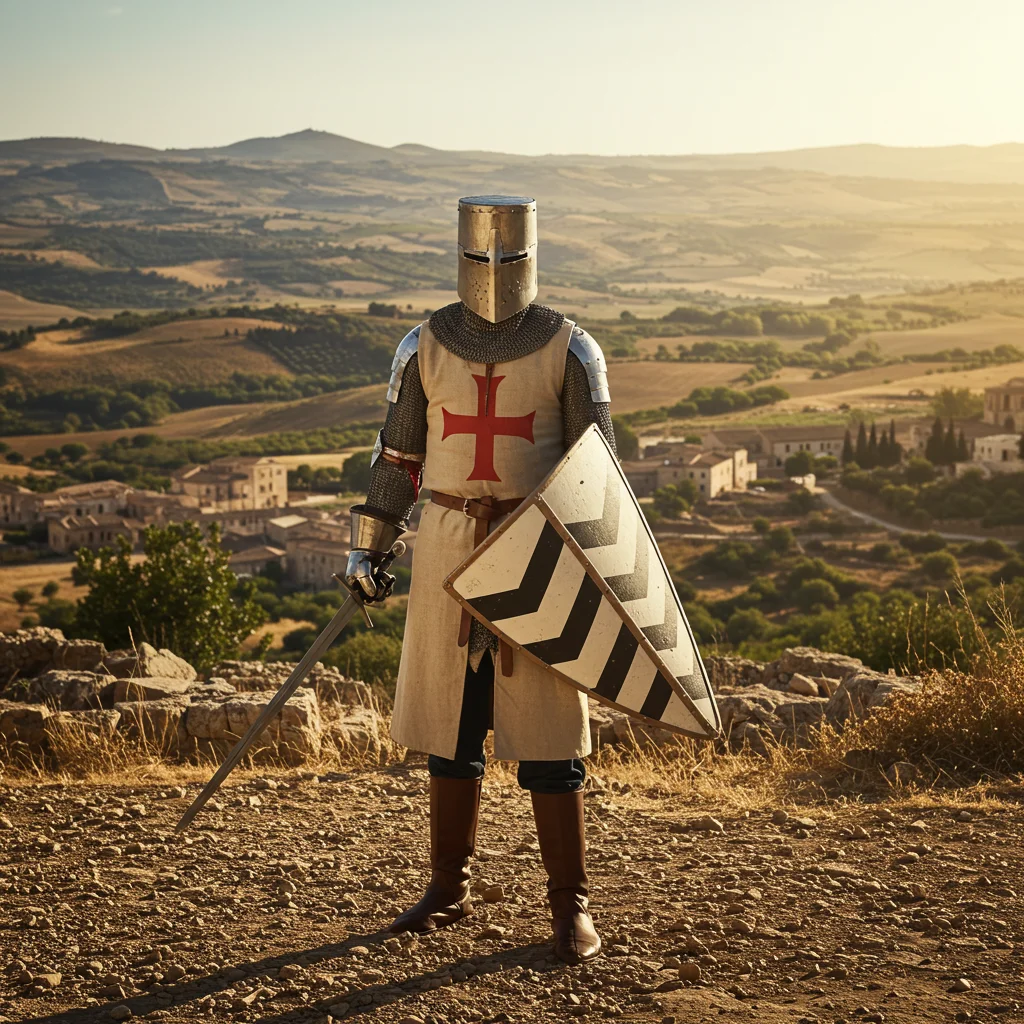The chevron pattern, characterized by its inverted ‘V’ shape, is a timeless design that has adorned fabrics for centuries. Its journey through history is as rich and varied as the pattern itself.
Origins and Ancient Symbolism
The chevron pattern dates back to ancient civilizations, where it was often used in pottery, rock carvings, and architecture. The Greeks used the chevron pattern on pottery and in architecture, where it was known as the ‘Greek key,’ symbolizing infinity or the eternal flow of things. In heraldry, the chevron is a symbol of protection, often used on shields and coats of arms, signifying the roofs of houses, which in turn represent security and home.

Renaissance Revival and Military Influence
During the Renaissance, the chevron pattern experienced a revival as artisans incorporated it into their intricate designs. It was during this period that the chevron became a prominent symbol in military insignias, representing rank and service. The use of chevron patterns in military uniforms began in the 18th century and continues to this day.
Chevron in Modern Fashion and Decor
The 20th century saw the chevron pattern surge in popularity within the realms of fashion and interior design. The bold, dynamic pattern became synonymous with energy and movement, making it a favorite for designers looking to make a statement. In the 1970s, the chevron pattern became a hallmark of the vibrant and expressive fashion of the era.
Today, the chevron pattern remains a popular choice for clothing, accessories, and home decor. Its ability to add depth and texture to a design while maintaining a classic appeal ensures that the chevron pattern will continue to be a beloved choice for years to come.
Conclusion
The chevron pattern’s enduring presence in design is a testament to its versatility and timeless appeal. From ancient pottery to modern-day fashion, the chevron has traversed history, leaving an indelible mark on the world of design.







Leave a Comment